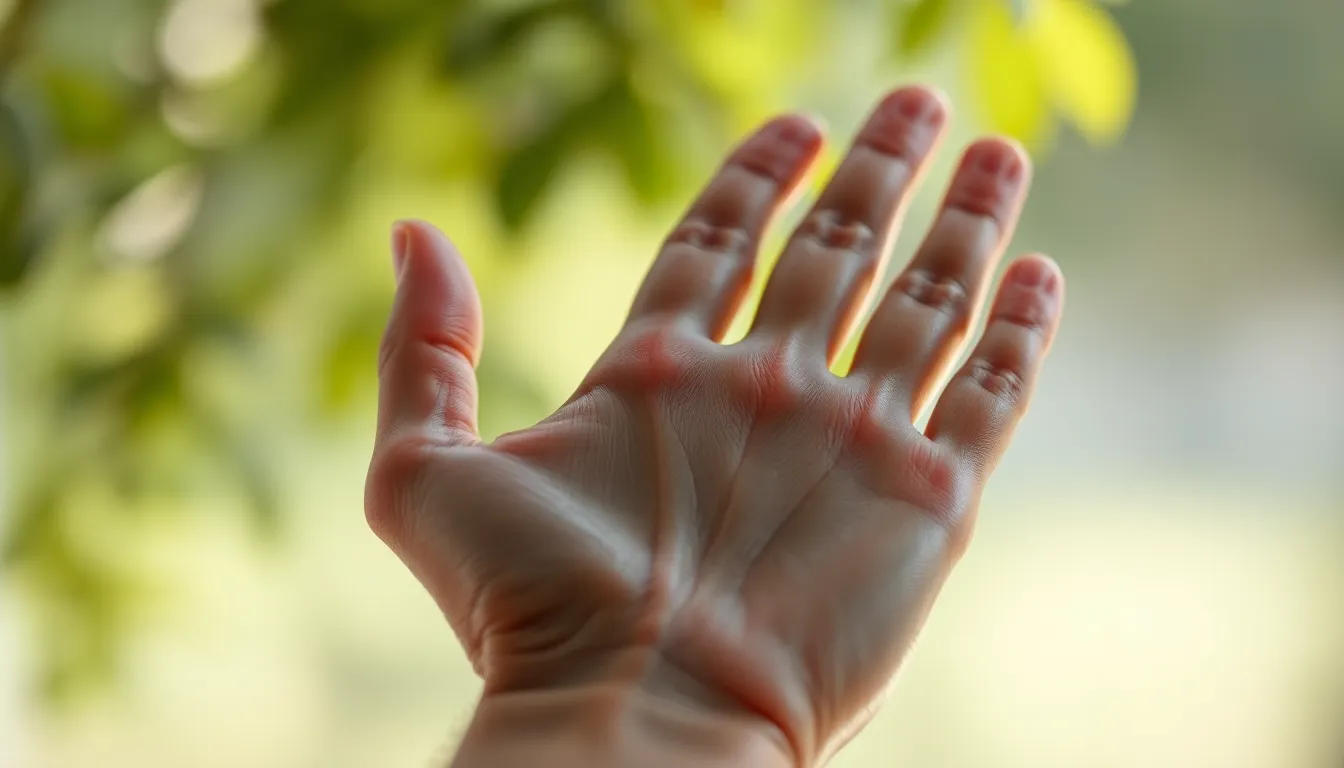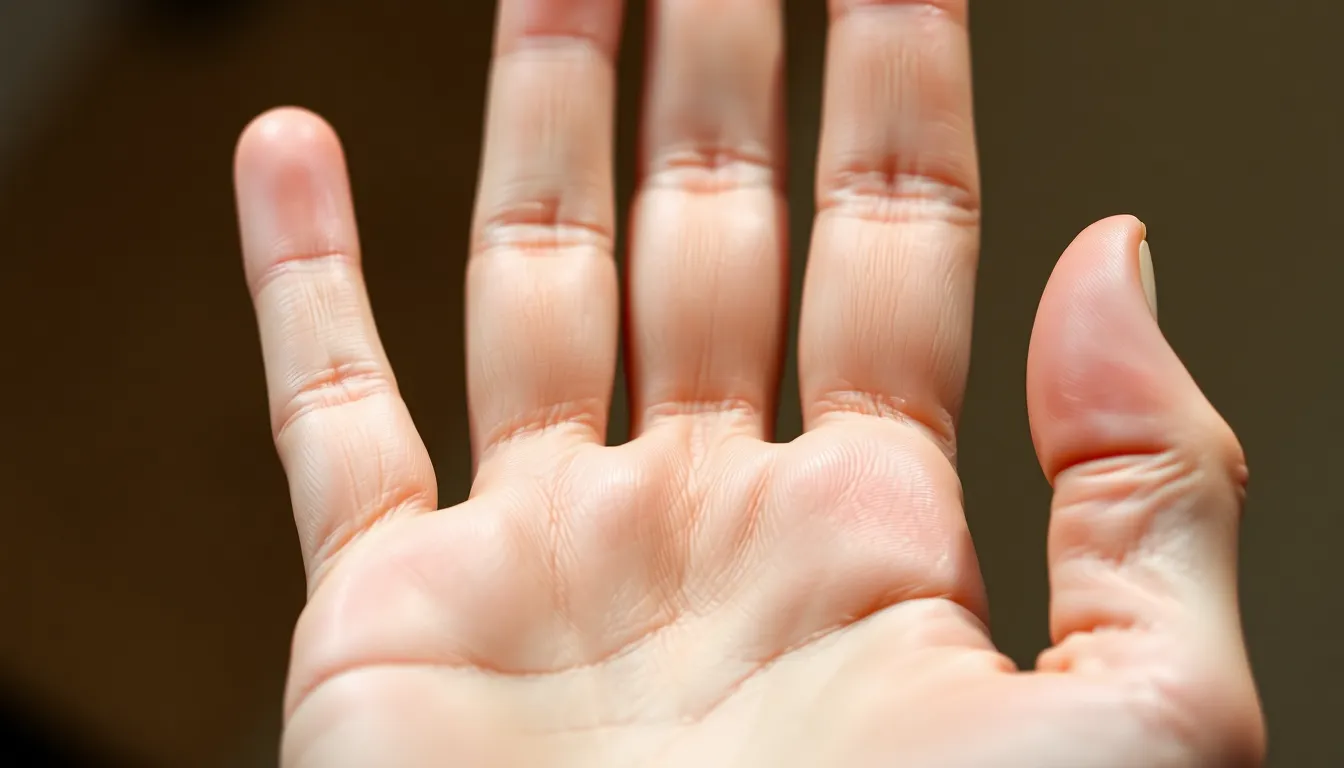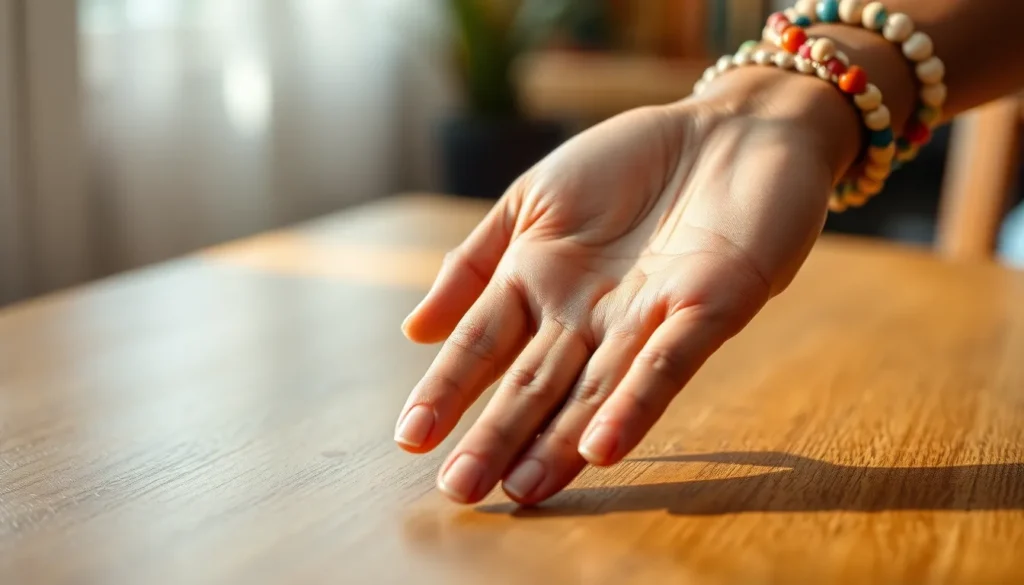The lifeline in palmistry has long fascinated those curious about their future. For many women, this line represents not just longevity but also the quality of life and personal experiences. Understanding the lifeline can unveil insights into health, relationships, and emotional well-being, making it a powerful tool for self-reflection.
In a world where empowerment and self-awareness are crucial, exploring the lifeline offers a unique perspective on one’s journey. By examining this line, women can gain confidence in their choices and embrace the possibilities that lie ahead. The lifeline serves as a reminder that every twist and turn in life shapes who they are and who they can become.
Table of Contents
ToggleUnderstanding The Life Line In Hand For Female
The lifeline in palmistry offers insights into various aspects of a woman’s life, emphasizing health and emotional well-being. It serves as a reflective tool, providing clarity on personal experiences and future possibilities.
Definition And Significance
The lifeline, a prominent curve on the palm, starts near the thumb and arcs downward toward the wrist. Its length and clarity signify more than mere longevity; they reflect health patterns, vitality, and overall lifestyle. A long, deep lifeline often indicates good health and a robust constitution. Conversely, a short or faded lifeline may suggest challenges related to energy and physical resilience. Palm readers analyze this line to interpret life experiences, emotional states, and personal journeys. This analysis can guide individuals in recognizing their strengths and areas for growth.
Cultural Beliefs And Superstitions
Cultural contexts shape interpretations of the lifeline in various ways. In some societies, a long lifeline symbolizes a strong spiritual journey, while a short lifeline may signify a life marked by emotional depth. Superstitions often accompany these beliefs; for instance, it’s said that changes or breaks in the lifeline indicate significant life shifts or transformations. Many cultures attribute specific meanings to variations in the lifeline, linking them to destiny and fortune. Understanding these cultural nuances enhances one’s grasp of their lifeline’s significance, offering deeper insights into personal identity and societal influences.
How To Read The Life Line


Reading the lifeline involves examining its characteristics and variations to derive meaningful interpretations. The lifeline reflects an individual’s physical vitality and health indicators.
Key Characteristics
- Length: A long lifeline signifies robust health and energy, while a short lifeline suggests potential health challenges or a more cautious lifestyle.
- Depth: A deep lifeline indicates strong vitality and a clear sense of life direction. A faint lifeline may reflect uncertainty or fluctuations in health over time.
- Curvature: A curved lifeline often represents a zest for life and adaptability. A straight lifeline may suggest a more reserved personality or a preference for routine.
- Breaks or Chains: Breaks within the lifeline can indicate significant life changes, while chains might suggest periods of stress or health issues.
Variations In The Life Line
- Length Variations: Different cultures interpret lifeline lengths uniquely, with shorter lifelines viewed as indicating focus on quality of life rather than longevity.
- Clarity and Fading: A clear lifeline reflects stability, whereas a faded line may imply health concerns or a tendency towards anxiety.
- Forks or Branches: Forks at the end of the lifeline can signify new beginnings or changes in life direction. Branches may represent influences that impact an individual’s health and well-being.
- Presence of Other Lines: The interactions between the lifeline and other palm lines provide additional insights. For instance, a strong heart line may enhance the interpretation of the lifeline regarding emotional health.
Factors Influencing The Life Line
Several factors contribute to the life line’s characteristics in palmistry, particularly regarding health and emotional well-being.
Health And Lifestyle
Health and lifestyle choices significantly affect the life line’s appearance. Individuals with active lifestyles often exhibit well-defined, long life lines, reflecting healthy vitality. Regular exercise, balanced nutrition, and stress management contribute to overall well-being, positively influencing longevity. Conversely, unhealthy habits—such as smoking, poor diet, and lack of physical activity—can result in shorter or fainter lines, indicating potential health challenges. Genetic factors also play a role; family history may influence predispositions to various health conditions, affecting the life line’s representation.
Emotional Well-Being
Emotional well-being profoundly impacts the life line and overall life quality. High levels of stress, anxiety, or unresolved trauma may manifest as disruptions or irregularities in the line. A clear, uninterrupted life line often correlates with emotional stability and resilience, reflecting a balanced mental state. In contrast, lifelines that exhibit breaks or chains can signify emotional struggles or significant life changes. Awareness of these emotional influences can empower individuals to seek improvement, leading to healthier life choices and fostering a greater sense of self-awareness and control over their life experiences.
Common Misconceptions
Misunderstandings about the lifeline in palmistry often lead to misconceptions, particularly among women. Clarity about these beliefs promotes accurate interpretations and a better understanding of the lifeline’s significance.
Myths About Life Lines
- Lifeline Indicates Exact Lifespan: Many assume the length of the lifeline directly correlates to life expectancy. This belief oversimplifies its meaning, as the lifeline reflects health trends and quality of life rather than a predetermined timeline.
- Only Long Lines Suggest Good Health: Some think that a long lifeline guarantees robust health. However, the depth and clarity of the line also play vital roles in assessing overall health conditions and lifestyle choices.
- Women Have Weaker Lifelines: A common myth suggests that women’s lifelines are inherently weaker than men’s. This belief wrongly attributes strength to gender, ignoring individual variations in health, vitality, and lifestyle.
- Lines Never Change: There’s a perception that lifelines are static. However, changes in lifestyle and health can lead to modifications in the appearance of the lifeline over time.
Distinguishing Fact From Fiction
- Health Influences Lifeline Characteristics: The degree of health and lifestyle impacts the lifeline’s definition and clarity. Active, healthier choices generally result in longer, deeper lines, countering myths about static lifelines.
- Palmistry Is Not Fortune Telling: Some view reading lifelines as a form of fortune telling. In reality, it serves as a reflective tool highlighting personal growth and emotional well-being rather than predicting the future.
- Cultural Influences Shape Interpretations: Cultural backgrounds significantly influence the interpretation of lifelines. Variations exist globally, with different societies attributing unique meanings to lifeline traits.
- Lifelines Reflect Emotional Health: The condition of the lifeline often mirrors emotional stability. Disruptions like breaks or chains signal emotional struggles, challenging the notion that physical health is the sole focus.



